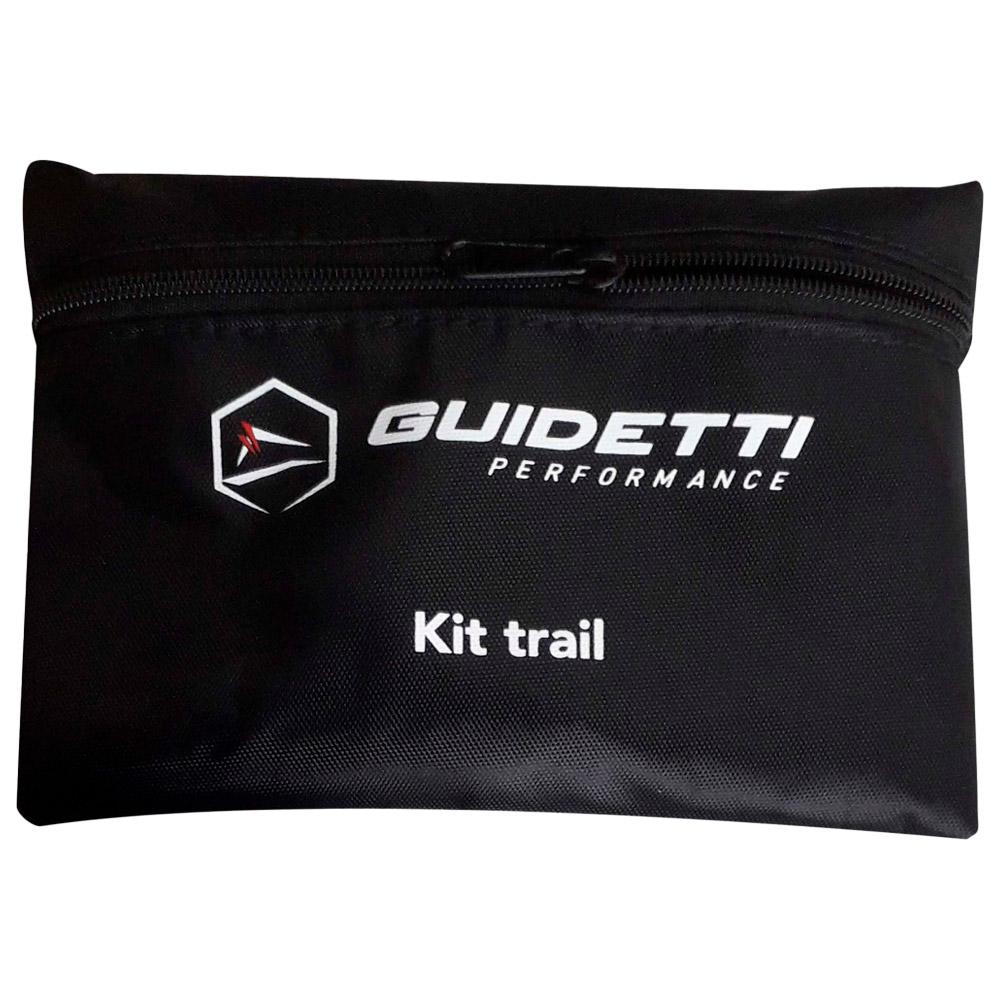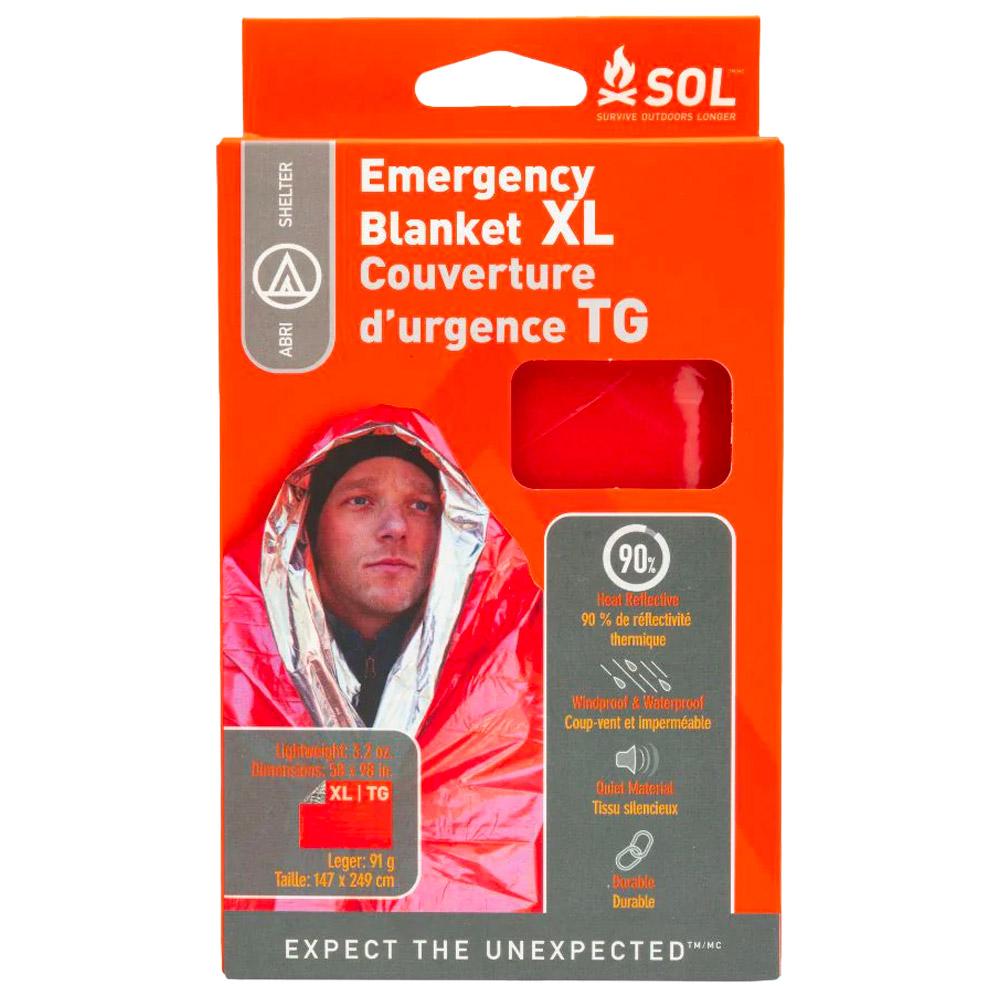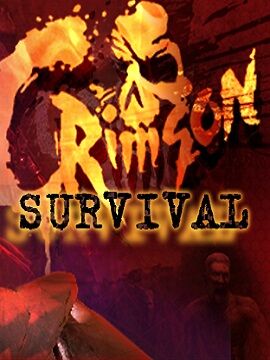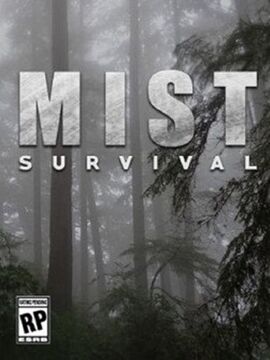
Brand
- Kustom Kit 14.783
- M&S Collection 13.708
- Dams 6.386
- Impulse 5.380
- Silent Gliss 5.185
- BIL 4.875
- Slingsby 4.872
- Native Spirit 4.845
- Mascot 4.795
- Portwest 3.704
- Nobody's Child 3.296
- Air Jordan 3.248
- Kennametal 2.967
- Velux 2.634
- Air 2.578
- Tyrell & Tyrell 2.576
- Stormtech 2.568
- Nike 2.495
- Sid & Sam 2.491
- Casper Homes 2.490
- Gates 2.458
- Style and Chic 2.423
- Unbeatable Bargains 2.404
- EUROKRAFTpro 2.382
- APEC 2.378
- R and M Furniture 2.366
- Discount Dealers 2.364
- Merkel Designers 2.338
- Merlin Deals 2.320
- All Things Good 2.255
- Bosch 2.236
- The Home Maker 2.218
- Direct Imports 2.195
- Design Hut 2.175
- Millennium Furniture 2.172
- Brittle & Co 2.166
- Decor Base 2.064
- Life Essentials 2.049
- CraftifulOils 1.933
- Sandvik Coromant 1.927
- Pour Moi 1.887
- Outsunny 1.795
- Savings Store 1.784
- Sealey 1.772
- VALEO 1.758
- Charlotte Dunes 1.712
- Festo 1.700
- Gemini Interiors 1.697
- Regatta Professional 1.676
- Maroxe 1.601
- INA 1.558
- MTP Products 1.542
- JAS Engineering 1.495
- Gildan 1.396
- Ping 1.396
- RS PRO 1.385
- Matlock 1.348
- TRW 1.346
- Fantasie 1.343
- Liverpool FC 1.269
- White Stuff 1.243
- BLUE PRINT 1.224
- Bourns 1.160
- Blaklader 1.144
- SKF 1.132
- string 1.110
- Monsoon 1.061
- Lighthouse 1.056
- Freya 1.034
- Russell 1.025
- MonsterShop 1.007
- OPTIBELT 997
- WABCO 984
- Co 975
- Shire 946
- Elite Lockers 928
- Agilent 926
- Homcom 921
- Bott 920
- Garden Plants Online 917
- Callaway 915
- Lyle & Scott 911
- HOMCOM 904
- HOUE 882
- BOSS 878
- PURE 864
- Autograph 857
- Result Core 854
- Live Unlimited London 784
- Legrand 758
- Result 756
- Oakley 754
- YKK 746
- Lowe 745
- Neo 745
- Stanley/Stella 743
- Mizuno 736
- ORN 718
- Genware 704
- Spiro 703
Colour
- Black 32.148
- White 17.450
- Blue 7.720
- Grey 6.189
- Navy 5.454
- Brown 5.179
- Red 4.882
- Green 4.521
- Pink 3.541
- Yellow 2.798
Size
Gender
Merchant
- Zoro UK Limited 165.484
- Home Done 49.535
- Marks & Spencer UK 37.008
- RS Components UK 16.007
- LuisaViaRoma.com 11.832
- Workwear Supermarket 9.343
- Your Stylish Home 8.564
- Kick Game 6.464
- Luisaviaroma Css 5.285
- Maroxe 5.037
- QD Stores 4.843
- Kids around 4.308
- Donaghy Bros UK CSS 4.178
- K4G.COM 3.916
- Click Golf 3.312
- MyTrendyPhone.co.uk 3.081
- Nobody's Child - Cabiro 2.969
- Golf Gear Direct 2.949
- My-Deco-Shop 2.932
- Cherry Lane 2.671
- Craftiful Fragrance Oils 2.494
- Slam City Skates 2.067
- Essential Photo 1.855
- Selfmade.com 1.665
- Perfect Little Thing 1.623
- soghaat.co.uk 1.608
- Alensa.co.uk 1.535
- Fragrance Rich 1.505
- Acorn Fire & Security 1.360
- Liverpool FC 1.269
- Home Living Luxury 1.263
- AndLight.co.uk 1.230
- Craigmore UK 1.096
- Glisshop uk 1.027
- Mobility Smart 1.016
- Garden Plants Online 917
- Wrong Weather 903
- AWD IT 832
- Bathshack.com 832
- Lyle & Scott 811
- Routledge 805
- Lighthouse Clothing 781
- Erysta 748
- Cowling & Wilcox 723
- Plusshop UK [OLD] 700
- Seal Medical 692
- Ann's Cottage 687
- YouGarden 655
- Building Plastics Online 650
- Grace & Co Jewellery 635
Price (EUR)
- <5 26.663
- 5 - 10 13.113
- 10 - 20 36.333
- 20 - 50 84.372
- 50 - 100 68.495
- 100 - 200 53.161
- 200 - 500 55.223
- >500 64.786























